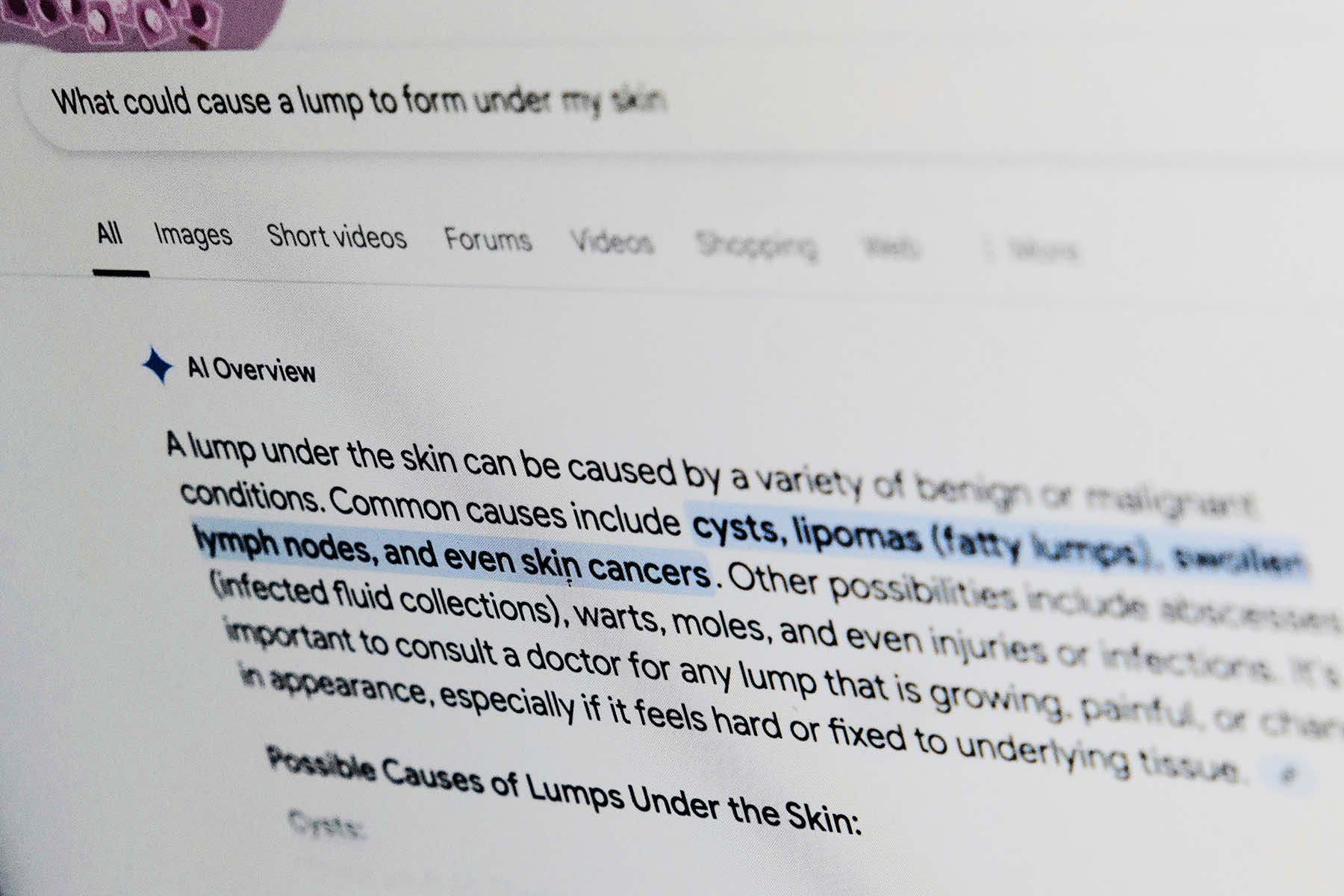Notes to editor
Funding: Doctor Schulz receives funding from the German Research Foundation and German Centre for Cardiovascular Research.
Disclosures: Ms Hagedorn and Doctor Schulz report no disclosures related to this…
Funding: Doctor Schulz receives funding from the German Research Foundation and German Centre for Cardiovascular Research.
Disclosures: Ms Hagedorn and Doctor Schulz report no disclosures related to this…

Talaromycosis, a systemic mycosis caused by Talaromyces marneffei (T. marneffei), is highly endemic in Southeast Asia but is rarely reported elsewhere.1 T. marneffei infection commonly occurs in individuals positive for human…
Scientists comment on the UK Health Security Agency’s flu and COVID-19 surveillance report.
Prof Antonia…
A study published in the Critical Reviews in Food Science & Nutrition looks at the risks and benefits of vegan…

Marie-Louise Connolly,Health correspondentand
Catherine Doyle,BBC News NI
 Getty Images
Getty ImagesThe health care system in Northern Ireland “is so fragile” that it would only take “one thing to knock it over”, the executive director of the Royal College of…

New research explores how plant-based diets affect children’s health, revealing heart benefits alongside risks of nutrient deficiencies without careful planning.

A major new study has highlighted both the health benefits and…

A study has found an “essential” antibiotic is frequently being used to treat dogs and cats, despite existing guidelines.
Image: nobeastsofierce / Adobe Stock
More than four in 10 vets have admitted using an “essential” antibiotic to…

Dr. Google is often on call for worried patients, but it may not give the best advice.
Doctors say internet searches for medical information should be done cautiously, especially with artificial intelligence playing a growing…

New analysis from a WHO global expert committee on vaccine safety has found that, based on available evidence, no causal link exists between vaccines and autism spectrum disorders (ASD). The conclusion reaffirms WHO’s position that…